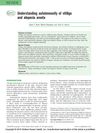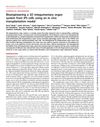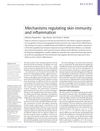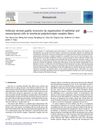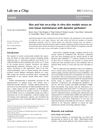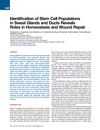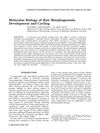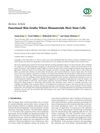Next Generation Human Skin Constructs as Advanced Tools for Drug Development
June 2017
in “
Experimental Biology and Medicine
”
human skin constructs drug development vasculature appendages pigmentation innervation adipose tissue iPSC technology 3D-printing melanocytes hair follicles sweat glands alopecia treatments immune cells hypodermis adipose-derived stem cells tissue engineering microfluidic platforms induced pluripotent stem cells 3D printing
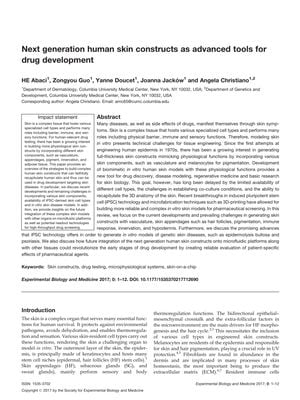
TLDR Advanced human skin models improve drug development and could replace animal testing.
The 2017 document reviews the progress in creating advanced human skin constructs for drug development, emphasizing the integration of complex features such as vasculature, appendages, pigmentation, innervation, and adipose tissue. It discusses the use of iPSC technology and 3D-printing to create skin models that better mimic human skin for applications in drug discovery, disease modeling, and regenerative medicine. The paper also addresses the potential of these constructs in replacing animal models and simple cell cultures, which lack the complexity of human skin. It highlights the incorporation of melanocytes for studying drug-induced pigmentation, hair follicles and sweat glands for regenerative healing and alopecia treatments, immune cells for toxicity and immunological studies, and innervation for sensory functions. The role of the hypodermis and adipose-derived stem cells in tissue engineering and disease modeling is also discussed. Challenges such as iPSC variability and genomic instability are noted, with ongoing efforts to improve these models. The document concludes with the potential of integrating skin constructs with microfluidic platforms for multi-organ drug testing and the importance of validating these models with a wide range of pharmaceuticals.
